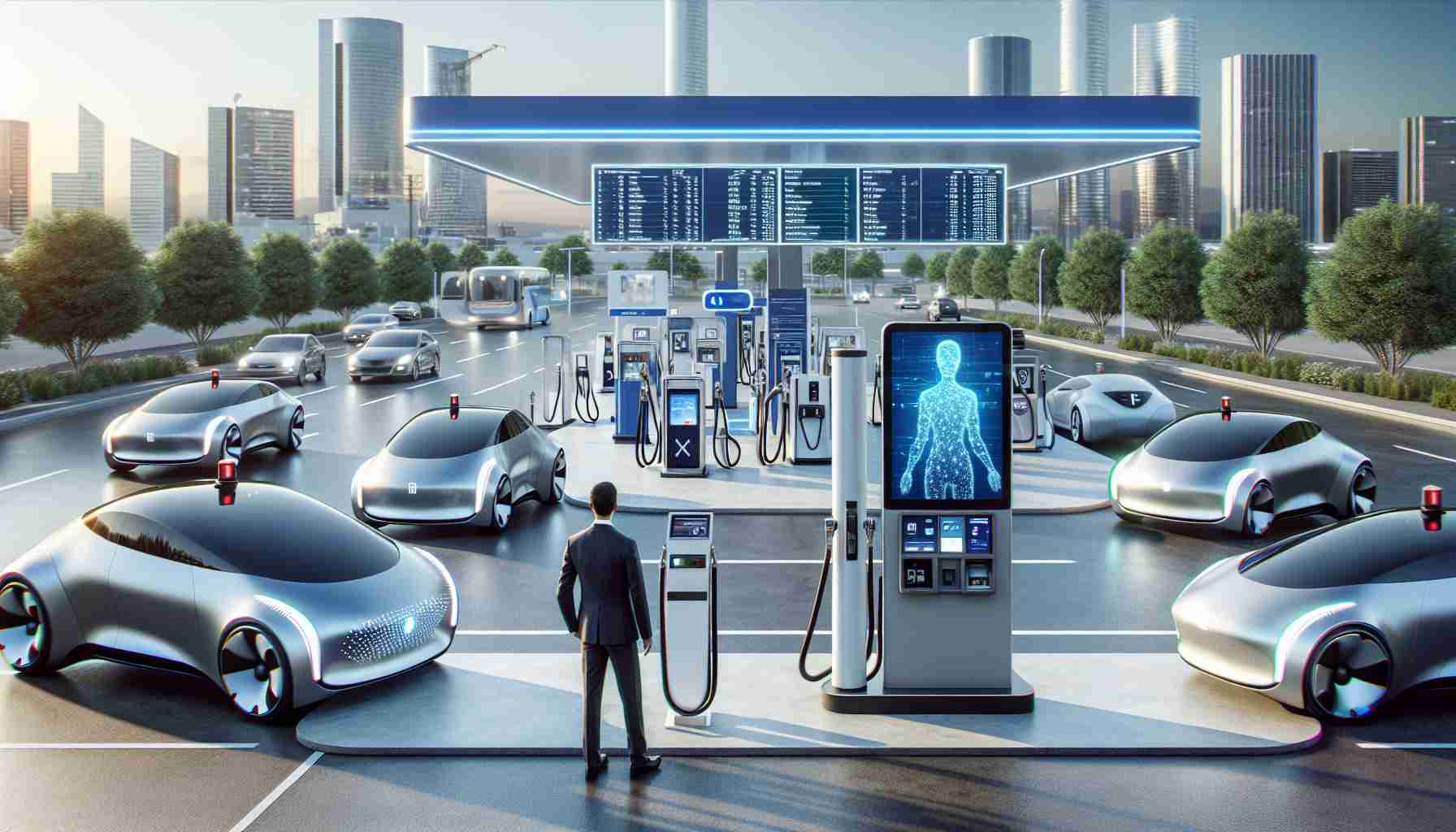Urban congestion and traffic jams have long plagued cities worldwide, contributing to environmental issues and inconvenience for residents. As populations grow and vehicle numbers increase, queues at fuel stations have become a common sight, exacerbating congestion problems. The fuel industry is now turning to artificial intelligence (AI) to revolutionize queue management and alleviate traffic issues.
Integrating AI technologies offers a new approach to address the challenges of fuel station queues. The Asia-Pacific region stands out as a hub for AI implementation in the fuel market, with significant growth expected in the coming years. According to a report by SkyQuest, the value of AI in the Fuel Market is forecasted to surpass $5 billion by 2030, marking a remarkable growth trajectory.
Understanding the Issue
In countries like India, an unequal distribution of vehicles across major cities leads to concentrated traffic hotspots. Metropolitan areas such as Delhi, Mumbai, and Bangalore face significant congestion issues, with fuel stations playing a crucial role in this scenario. Long queues at refueling points not only inconvenience drivers but also contribute to air pollution and fuel wastage. Traditional queue management methods often fall short in handling peak hour rushes efficiently.
How AI Transforms Fuel Station Queues
AI-powered solutions leverage data analytics, predictive modeling, and real-time optimization algorithms to manage fuel station queues dynamically. By analyzing historical data, traffic patterns, and real-time demands, AI systems can predict fuel consumption fluctuations and adjust queue strategies on the go. These solutions tap into various data sources, from CCTV footage to edge controllers, enabling real-time decision-making for queue optimization.
Key Components of AI-Driven Queue Optimization:
1. Data Analysis and Integration: AI processes real-time data to generate accurate demand predictions, accounting for traffic volume, fuel usage patterns, and historical queue data.
2. Dynamic Queue Management: AI adapts queue strategies based on live data inputs, enabling quick adjustments to changing demand patterns and enhancing customer satisfaction.
3. Automated Resource Allocation: AI systems automatically allocate resources like fuel pumps and payment lanes based on current demand levels, maximizing efficiency and minimizing congestion.
In Closing
As urban areas seek solutions to combat congestion, investing in AI-driven technologies for queue optimization is paramount. These advancements empower cities to create sustainable transportation networks by harnessing data analytics and real-time optimization tools. By streamlining traffic flow and reducing queues at fuel stations, AI has the potential to transform urban mobility for the better.
KKK
The source of the article is from the blog zaman.co.at
